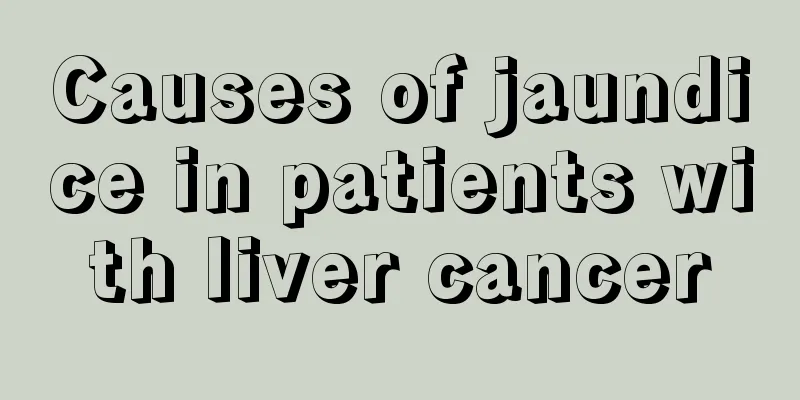Specific manifestations of colon cancer

|
The entire colon is divided into two parts, the right colon and the left colon, by the middle part of the transverse colon. Due to the differences in physiology, anatomy and pathology between the two, their clinical characteristics are also different. The right colon cavity is enlarged, and the stool in the intestine is liquid. The tumors in this section of the intestine are mostly ulcerous or cauliflower-shaped cancers that protrude into the intestinal cavity. There is rarely annular stenosis, so obstruction does not often occur. However, these tumors often rupture and bleed, and secondary infections are accompanied by toxin absorption. Therefore, clinically, there may be abdominal pain, stool changes, abdominal mass, anemia, weight loss or cachexia. (1) Abdominal pain and discomfort 75% of patients experience abdominal discomfort or dull pain, which is intermittent at first and then becomes continuous, often located in the right lower abdomen, which is very similar to an attack of chronic appendicitis. If the tumor is located in the hepatic flexure and the stool is relatively dry, colic may also occur, which should be distinguished from chronic cholecystitis. About 50% of patients experience loss of appetite, fullness, belching, nausea and vomiting. (2) Stool changes: Early stool is thin, contains pus and blood, and the frequency of bowel movements increases, which is related to the formation of tumor ulcers. When the tumor volume increases, it affects the passage of stool, and diarrhea and constipation may occur alternately. The amount of bleeding is small, and it is fully mixed with stool as the colon moves, which is not easy to see with the naked eye, but the occult blood test is often positive. (3) Abdominal mass: More than half of patients will find abdominal mass when they seek medical attention. This mass may be the tumor itself or a mass formed by intestinal infiltration and adhesion. The former has a more regular shape and clear outline; the latter has an irregular shape. The mass is generally hard in texture, and once secondary infection occurs, it is limited in movement and tender. (4) Anemia and cachexia About 30% of patients develop anemia due to continuous bleeding from tumor rupture, and also experience weight loss, limb weakness, and even systemic cachexia. |
<<: Gross pathological types of liver cancer
>>: Clinical manifestations of colon cancer
Recommend
How to eliminate swelling in hands and feet
Disease is a situation that people often encounte...
What are the symptoms of shoulder and neck strain
The symptoms of shoulder and neck strain are seve...
How to take beef protein powder?
Nowadays, people are paying more and more attenti...
Can I have a child if my colon cancer is not cured?
Colon cancer is a common malignant tumor of the d...
Psoriasis ointment
Psoriasis ointment, also known as psoriasis ointm...
What should I do if my teeth hurt at night?
Speaking of toothache, this may be something that...
Diet after bladder cancer surgery
What should we pay attention to in diet after bla...
What are the treatment methods for lumbar disc herniation?
Lumbar disc herniation is a very common spinal di...
What are the early symptoms of bone cancer patients
Many people do not know much about the early symp...
How to control pain when bone metastasis occurs
Bone metastasis refers to the process in which tu...
Will eating hen during confinement reduce milk production?
After giving birth, every woman has different phy...
Is there fluid accumulation in your knee injury? Two moves to easily deal with it
Knee injuries are common in life and generally do...
My chin is hard and swollen and painful. When I squeeze it, yellow fluid oozes out and it hurts.
The chin is the most common place for acne to app...
Lustful men should be careful about prostate cancer. How to prevent and maintain health?
For men, prostatitis is like a cold, a very commo...
What disease is caused by unequal pupils
We all know that eyes are very important to our b...









